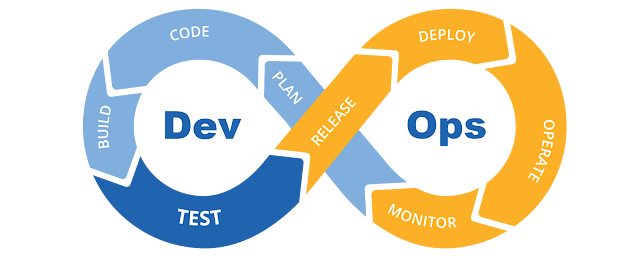The rise of DevOps: Faster software development and deployment
The software landscape has undergone a dramatic transformation in recent years. Traditional development methodologies, often siloed and slow, struggled to keep pace with the demands of a rapidly evolving market. In response, DevOps emerged, offering a new approach that emphasized collaboration, automation, and continuous improvement. This article explores the rise of DevOps and how it empowers organizations to achieve faster software development and deployment.
Prior to DevOps, development and operations teams often functioned as separate entities, leading to communication gaps and inefficiencies. DevOps bridges this divide by fostering cross-functional collaboration. Developers and operations personnel work together throughout the software lifecycle, from planning and coding to deployment and monitoring. This shared ownership fosters a sense of accountability and facilitates smoother communication, leading to faster identification and resolution of issues. Furthermore, DevOps champions the power of automation. Repetitive tasks, such as testing, configuration management, and deployment, are automated through tools and pipelines. This not only reduces manual errors but also frees up valuable time for developers to focus on innovation and core functionalities. The continuous integration and continuous delivery (CI/CD) pipeline exemplifies this automation philosophy. Code changes are automatically integrated and tested, allowing for frequent and consistent software releases, minimizing the time it takes for features and fixes to reach users.
Faster feedback loops are another key benefit of DevOps. By automating testing and monitoring, developers receive immediate feedback on the impact of their code changes. This enables them to identify and address potential issues early on, preventing them from cascading into production and delaying deployment. The ability to quickly learn from mistakes and iterate on designs allows for more robust and reliable software in the long run. The adoption of DevOps has demonstrably led to increased release velocity. Organizations can ship software updates and new features more frequently, allowing them to adapt to changing market demands and capitalize on emerging opportunities. This agility gives them a competitive edge in today's dynamic market landscape. Beyond speed, DevOps also promotes improved software quality. By automating testing and integrating it throughout the development process, the likelihood of defects reaching production is significantly reduced. This translates to a more stable and reliable user experience, fostering customer satisfaction and loyalty.
The rise of DevOps has revolutionized the software development landscape. By fostering collaboration, automation, and continuous improvement, this approach empowers organizations to achieve faster software development and deployment. The benefits extend beyond speed, encompassing improved software quality, enhanced user experience, and increased adaptability – all crucial factors for success in today's competitive landscape. As organizations strive to deliver innovative and reliable software solutions at a rapid pace, DevOps will continue to play an essential role in fueling their digital transformation journey.

